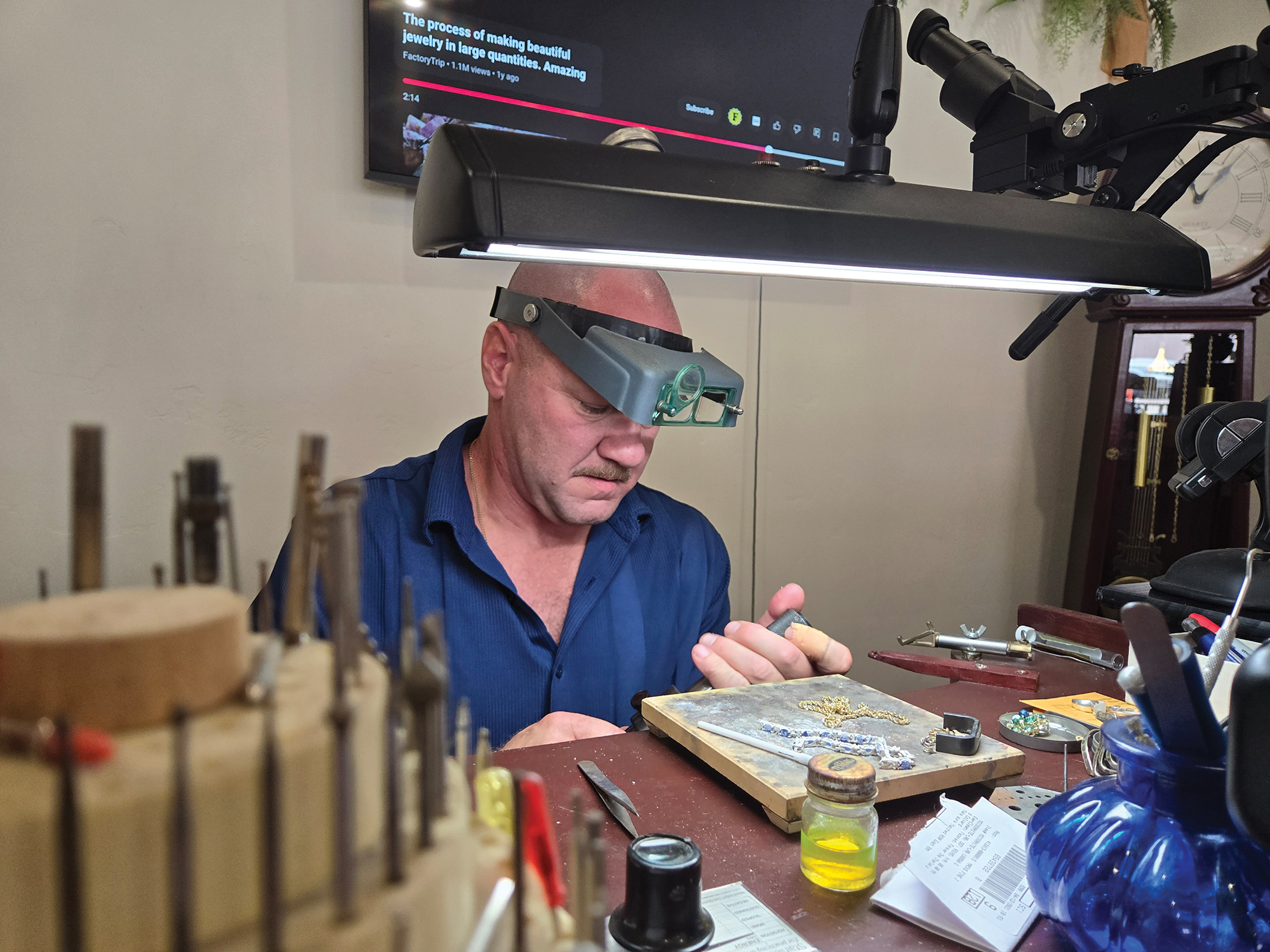All Washed Up
Published 12:45 pm Wednesday, August 22, 2018
HAINES — When Mary Jane Guyer noticed how many washing machines were in the collection of the Eastern Oregon Museum, she started thinking about a new exhibit.
And then she found a bunch of old irons, and washboards and quite a few Internet searches later she had quite the history of the washing machine.
“Awash in History” is on display at the Eastern Oregon Museum in Haines through Labor Day weekend.
“I was amazed at how much we already had at the museum,” she said.
The special display includes 15 styles of washing machines.
Two machines are on loan from Baker Heritage Museum in Baker City.
A walk through the exhibit takes visitors on a ride through history through a woman’s eyes — a woman who dedicated two to three days a week just to washing clothes for her family.
“You want to remember how hard this was,” Guyer said. “I think it’s quite a tribute to keeping people clean.”
From her research, Guyer gleaned this fact: in 1900, women spent 58 hours a week on household chores. By 1975, that number was down to 18 hours due to the convenience of machines. That reduction went hand-in-hand with more women entering the workforce.
“Now I have an appreciation for their role in history,” Guyer said of the washing machines.
The simplest devices in the exhibit are the copper basins, plungers and washboards made with wavy glass or ribbed rollers.
Wooden contraptions with agitators came next, combined with wringers to squeeze water out of the clean clothes.
Gasoline-powered washers were the next style. Not only were these loud, but because they spewed exhaust they had to be used outside.
As he toured the display, Mac Kerns shared his memories of a gas-powered washer.
“I remember my mother trying to get that thing started in the cold,” he said.
Guyer has combed the Internet for historic photos of the earliest machines. In one, the first woman in Ohio to own a Thor electric washing machine is pictured reading a book while doing laundry.
The first fully automated washing machine was released by Bendix in 1937.
“In the 1940s, after the war, those really started to pick up,” Guyer said.
Whirlpool debuted the first top-loading automatic washer in 1947, and by the 1950s automatic dryers hit the market.
Irons
The museum also has a fair collection of irons, which volunteers gathered for the new exhibit.
One, designed to be heated by charcoal, sits atop a scale — it weighs six pounds when empty.
One section is dedicated to sad irons (in this case, sad means heavy), which were invented in 1870 by 19-year-old Mary Florence Potts.
Previous irons got hot all over, including the handle. Potts’ design came with three irons and one removeable handle. To use, a woman heated all three on the stovetop. She’d slip the handle into one and start ironing. When that one cooled off, she’d transfer the handle to a hot one and return the cold iron to the stove to reheat.
“These were popular for almost 75 years,” Guyer said.
Like washing machines, irons progressed to be heated first by gasoline, then by electricity.
“This was a little dicey,” Guyer said of the gas iron, which came with a canister of fuel and a wick.
Another type of iron was the mangle — a contraption the size of a school desk that allowed women to press larger pieces, such as tablecloths and sheets. One of these is on display at the museum.
The ads
While researching the history of washing machines, Guyer also ran across vintage advertising from the mid-1900s showing women in fancy dresses and high heels extolling the wonder of the modern washing machine.
“They’re the most sexist ads,” Guyer said.
She’s displayed a number of these advertisements, including this one from 1959:
“She has touch command! She has absolute control of her laundry! Do not get in her way! Notice how she pushes the button, as if she is knighting a valorous warrior!”
Alongside the ads, Guyer placed real photos depicting the chore of washing clothes — which was never quite as glamorous as the advertisements claimed.
The Eastern Oregon Museum is open 10 a.m. to 4 p.m. Thursday through Saturday, and 12:30 to 3:30 p.m. Sunday. Admission is a donation of $2 per person or $5 per family.
Visits can also be arranged for other times by calling 541-856-3233.






